Top 10 Concept Cars of the 1980s
- Story Cars
.png/v1/fill/w_320,h_320/file.jpg)
- Jun 26
- 3 min read
The 1980s were a bold time in automotive history — a decade known for wild styling, experimental engineering, and a level of ambition not seen since. Designers and manufacturers went all-in with futuristic shapes, high-tech features, and performance dreams that rarely survived the realities of cost and practicality.
Here are ten of the most fascinating concept cars from the 1980s — ideas we still wish had made it to production.

Top 10 Concept Cars of the 1980s
1980 Ferrari Pinin
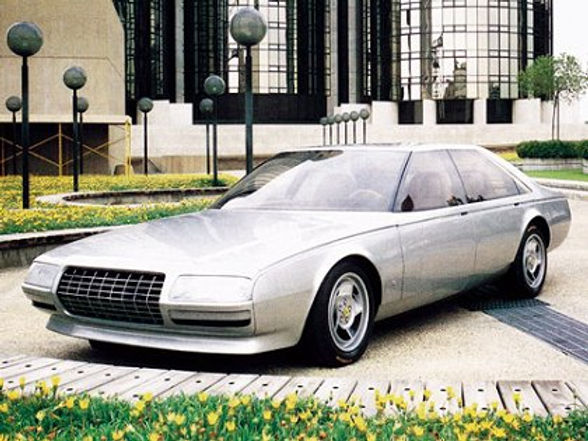
Celebrating the 50th anniversary of Pininfarina, the Ferrari Pinin was a four-door V12-powered saloon based on the 400GT platform. With design elegance befitting the legendary house, and power from a 512 BB’s flat-12, the Pinin teased a new direction for Ferrari that was sadly abandoned due to early-’80s economic pressures. Decades later, it was converted into a running, driveable car.
1984 Ford Maya

Styled by Giorgetto Giugiaro, the Ford Maya was a mid-engined wedge-shaped sports car with real production potential. Originally powered by a 140bhp 3.0L V6, plans existed for a 250bhp Yamaha-tuned version. It never went beyond concept, leaving the mid-engine segment to the Pontiac Fiero instead.
1984 Nissan MID4

The MID4 showcased Nissan’s push into mid-engine sports cars with four-wheel drive and a 242bhp V6. A revised version in 1987 added twin turbos and 325bhp. Though it never reached production, its drivetrain and engine influenced the Nissan 300ZX and Skyline GT-R.
1985 MG EX-E
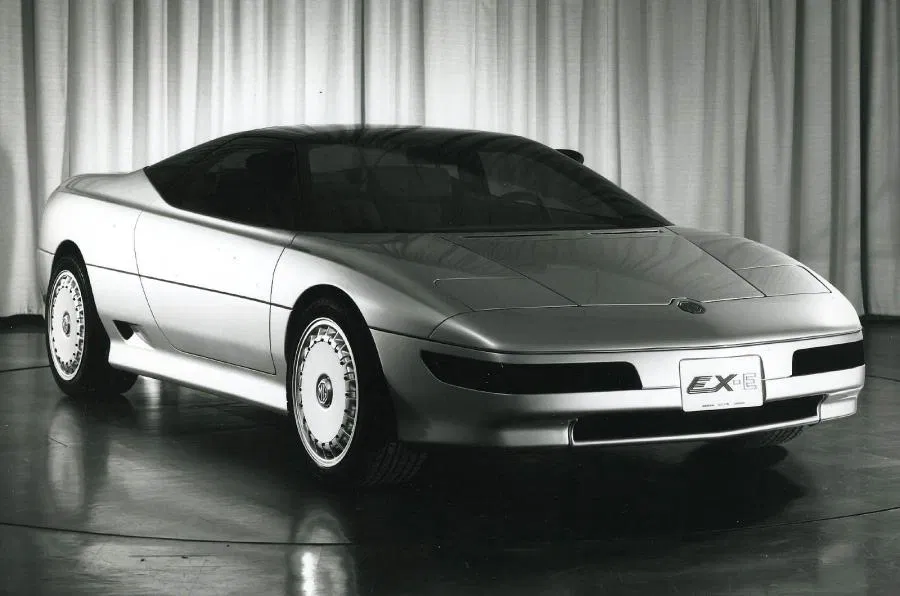
Developed by Austin Rover, the MG EX-E was a mid-engine concept powered by the same 3.0L V6 as the Metro 6R4 rally car. It featured advanced aerodynamics and a futuristic interior filled with CRT screens. It now resides at the British Motor Museum — a preserved glimpse into Britain’s performance potential.
1986 Chevrolet Corvette Indy

A sci-fi vision of the Corvette’s future, the Corvette Indy featured a mid-mounted 2.7L twin-turbo V8 making 600+bhp, carbon-Kevlar construction, and high-end tech like active suspension, steer-by-wire, and camera mirrors. Though never produced, it set the stage for what would eventually become the mid-engine C8 Corvette.
1987 Mitsubishi HSR I

The High-Speed Research (HSR) I concept was packed with cutting-edge tech: active aero, four-wheel steering, satellite navigation, and a turbocharged 2.0L engine. Though never production-bound, the HSR laid the groundwork for future Mitsubishi innovations and spawned four successors over the next decade.
1985 Saab EV-1

The Saab EV-1 (Experimental Vehicle One) featured a turbocharged 2.0L engine from the 900 Turbo, boosted to 285 hp. Its futuristic glass canopy housed solar panels that powered the HVAC system, while the slippery 0.32 drag coefficient hinted at serious speed. Though never intended for production, it previewed forward-thinking ideas and remains a cult classic of Saab innovation.
1988 Peugeot Oxia

A fully functional, mid-engine supercar with 680bhp from a twin-turbo PRV V6, the Oxia concept was a marvel. Built with composite body panels on an aluminum monocoque and equipped with AWD, four-wheel steering, and a 217mph top speed, it could have rivaled Ferrari and Porsche. Alas, it remained a one-off halo car.
1989 Porsche Panamericana
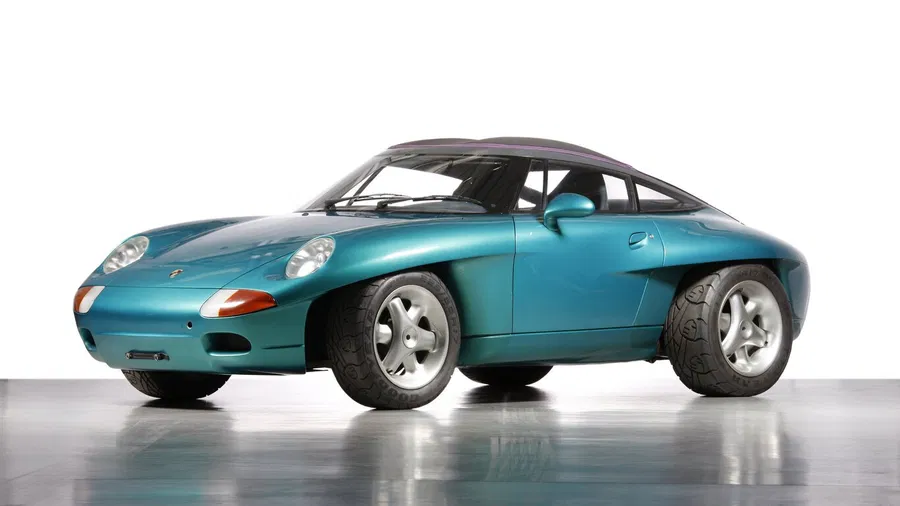
Conceived as a birthday present for Ferry Porsche, the Panamericana mixed off-road potential with Porsche’s signature rear-engine setup. Based on a 964 Carrera 4, its carbon-fiber reinforced plastic body hinted at the design of the upcoming 993. Though it never reached showrooms, it inspired future models like the 911 Dakar.
1989 Isuzu 4200R
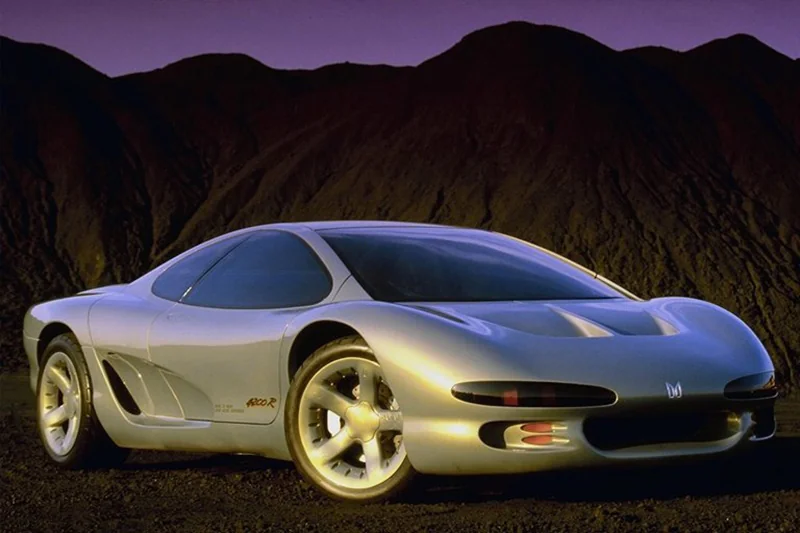
Co-developed with Lotus, the Isuzu 4200R was a sleek mid-engine concept with a 350bhp 4.2L V8. Inside, it boasted advanced tech, a roomy cabin, and digital interfaces that felt ready for the future. Unfortunately, Isuzu pivoted to trucks and SUVs, leaving this promising project behind.
Final Thoughts
The 1980s concept cars were bolder than most that came before or after — daring, technical, and unapologetically ambitious. While few saw production, their influence filtered through generations of performance cars, supercars, and even some family sedans. These ten remind us how exciting "what if" can be when engineers and designers are let off the leash.
Which one would you want in your garage?



















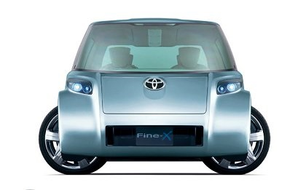





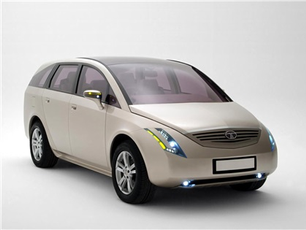

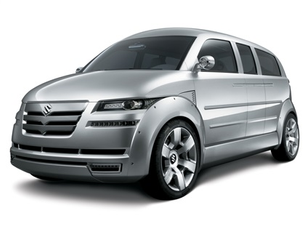
Comments